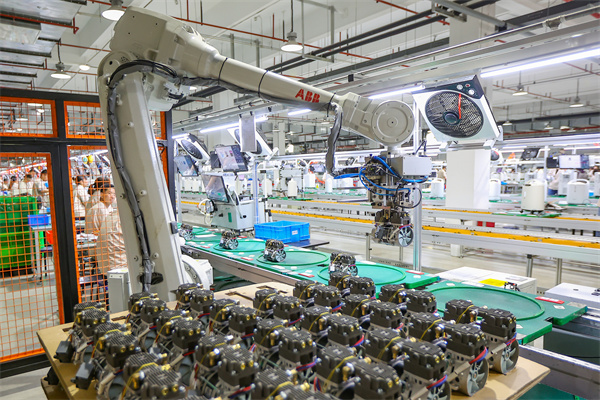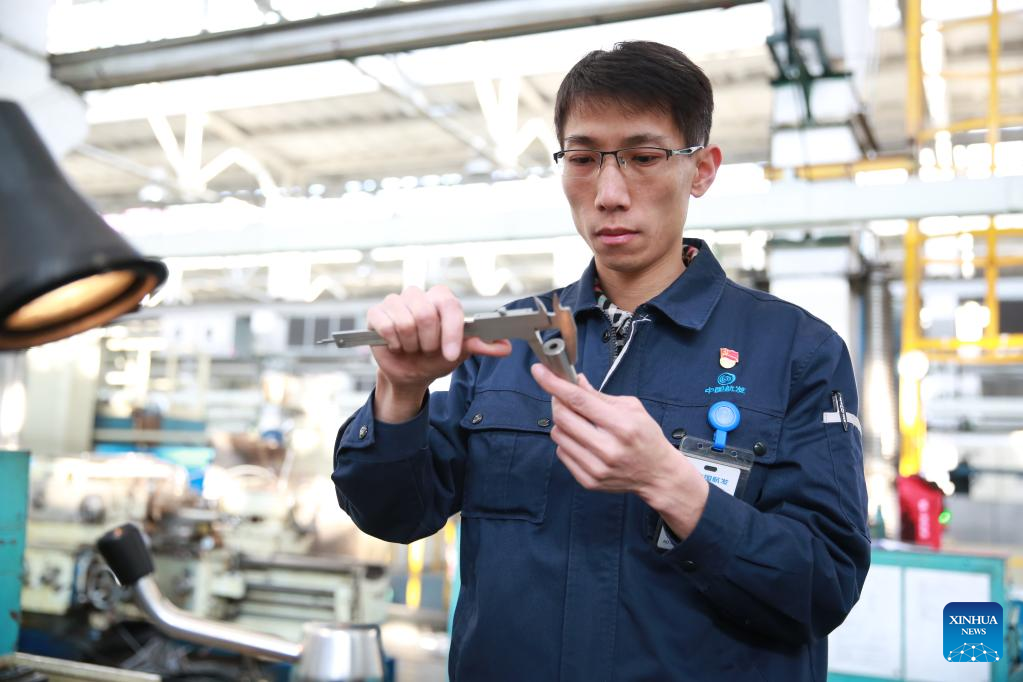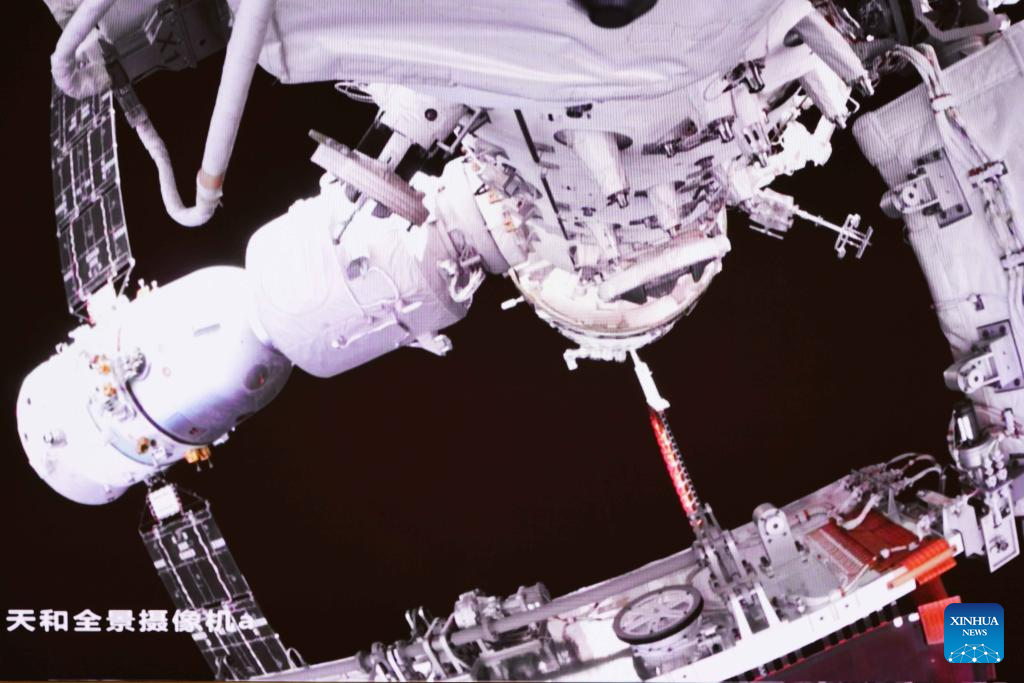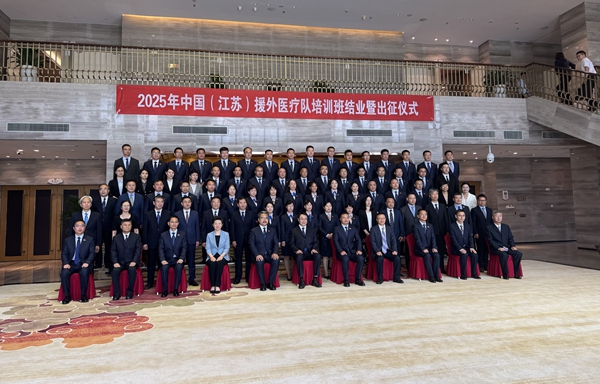
(CFP Photo)
Jiangsu has recently released an action plan to accelerate the pace of becoming a manufacturing powerhouse, with clear objectives set for 2025, 2030 and 2035.
Focusing on 16 advanced manufacturing clusters and 50 industrial chains, Jiangsu aims to enhance the resilience of supply chain and industrial chain and improve quality, efficiency and international competitiveness.
The action plan outlines goals on several aspects. By 2025, Jiangsu's manufacturing industry will continue to lead in scale and achieve significant upgrades to its industrial foundation and modernization of the industrial chain. New progress will also be made in improving quality and efficiency, industrial resilience, and innovation-driven growth.
By 2030, Jiangsu aims to reach the level of developed countries in terms of pro-innovation investment intensity and overall labor productivity. The province will see a growing number of industrial clusters with an annual revenue or market value exceeding 100 billion yuan. Meanwhile, Jiangsu's manufacturing industry will move up the value chain and increasingly feature creative products, digital transformation and well-known brands.
According to the plan, by 2035, Jiangsu's manufacturing value added will account for more than 5% of the world. The province aims to become one of the first in China to complete the construction of a modern industrial system and a new type of industrialization, while playing a key role China's new development pattern and rise as a manufacturing power.
By 2025, Jiangsu plans to achieve breakthroughs in the application of 100 major technical equipment and fundamental products. Around 70% of manufacturing enterprises above the designated size will achieve digitization and networking, while 20% of industrial enterprises above the designated size will stand out for high quality.
By 2030, Jiangsu aims to establish about 10 advanced manufacturing clusters with international top-level comprehensive strength. The added value of manufacturing and service industries will account for about 70% of the regional GDP. Furthermore, manufacturing enterprises above the designated size will complete digitization and networking, and core enterprises in key industries will implement intelligent technologies. The province will also accelerate its green and low-carbon transformation, with some key industries taking the national lead in carbon emissions peaking.




















